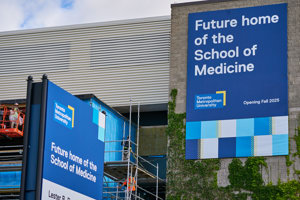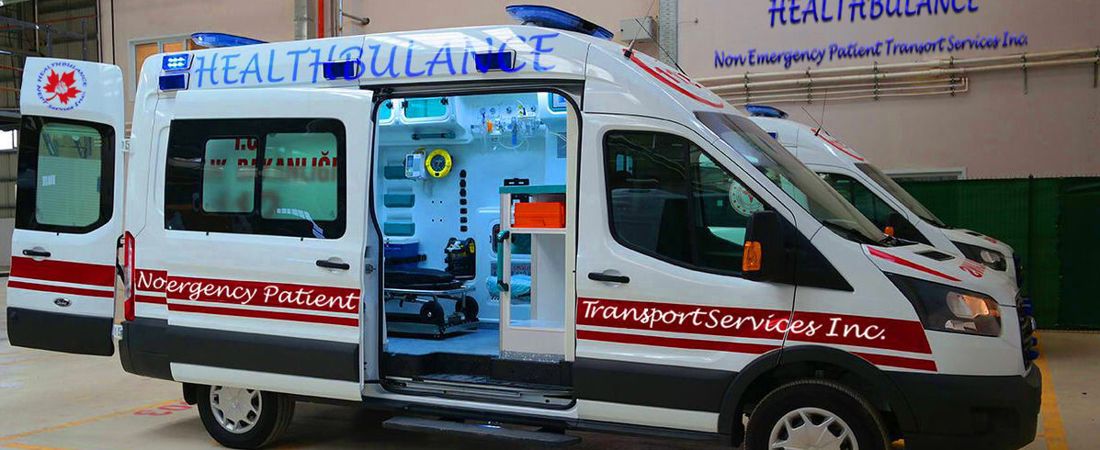Transportation is a core social determinant of health and healthcare section, or factor that impacts patient health that is not linked with disease burden or genetic makeup. The social determinants of health account for about 40 percent of patient health, according to a 2017 AHA paper, meaning that supporting patient transportation can have a serious impact on patient wellness.
Non-emergency medical transportation (NEMT) services help people get more healthcare and pre-scheduled healthcare appointments, including doctor visits, rehab, clinical testing, follow-up exams, and medical trips and medical tourism. In other words, the main difference between ambulance services and non-emergency medical transportation is urgency. NEMT, as it's known, is a Medicaid benefit that covers travel to medical appointments. Private insurance, including some Medicare Advantage plans, also may cover non-emergency medical transit; Eligibility rules, types of destinations and allowable modes of transport vary from state to state. Non-emergency medical transportation, as its name suggests, offers medical transportation in non-emergency situations. In most cases, this form of transportation is planned for and booked in advance, On the other hand, the need for an ambulance is almost always unplanned.
most older people cannot afford long-term care without public support. However, the long-term care system is both fragmented, with multiple benefits and services across different providers by Healthbulance team and a strong reliance on relatives to provide the bulk of long-term care.
It is also designed for transporting seniors to various appointments, to meetings or to participate in social activities is considered as another market for the non-emergency medical transportation business. There are seniors who no longer drive a vehicle and this type of transportation service would come in handy for a trip to pick up groceries, a visit with a friend or to attend church or a movie theater. It is a rewarding business opportunity that provides a valuable link to many seniors.
In addition, the demand for safe and reliable public transportation for people with medical issues and disabilities, particularly in rural communities, continues to grow remarkably. The overall population of elderly and disabled patients is increasing, and most areas simply do not have wheelchair-accessible vehicles in public transportation fleets. Some individuals do not have cars and cannot afford taxis or Uber. They are geographically isolated, or they cannot access traditional public transportation for physical, mental, or developmental reasons.
Tel:+1 416.999.9915 |
 |
 |
Tel:+1 647.927.8083 |
 |
 |
|
Email:info@healthbulance.com |
||
Connect to Us
Stay up to date with the latest information by joining to us.



















